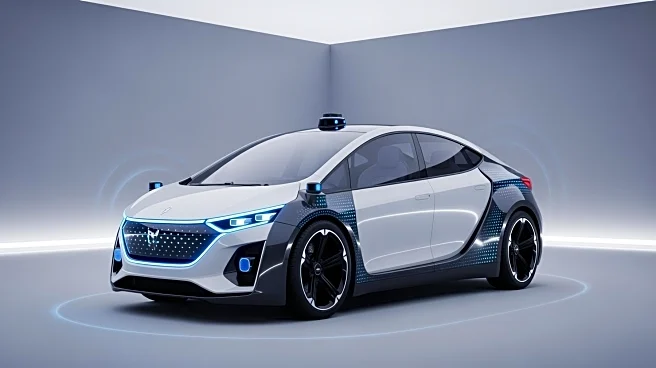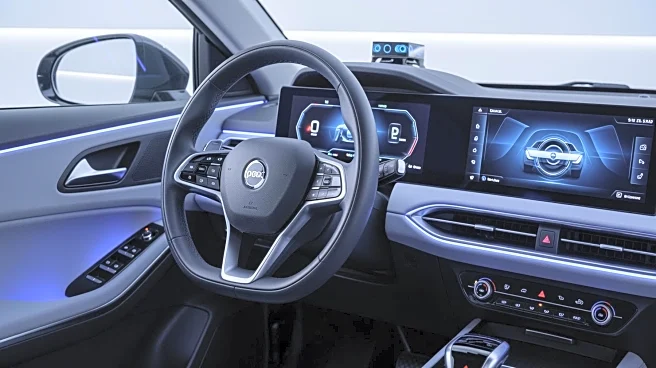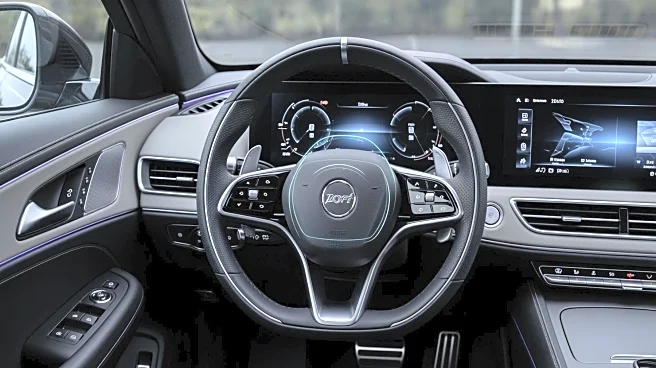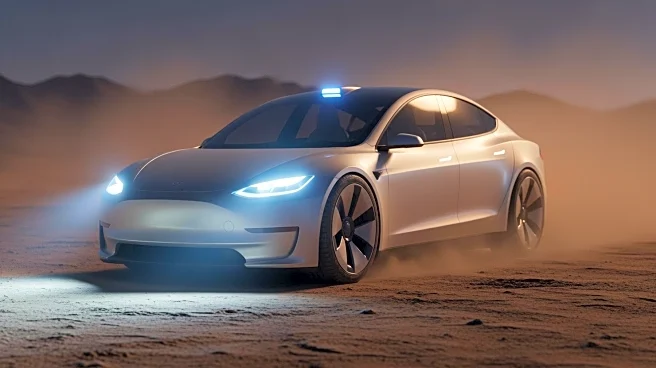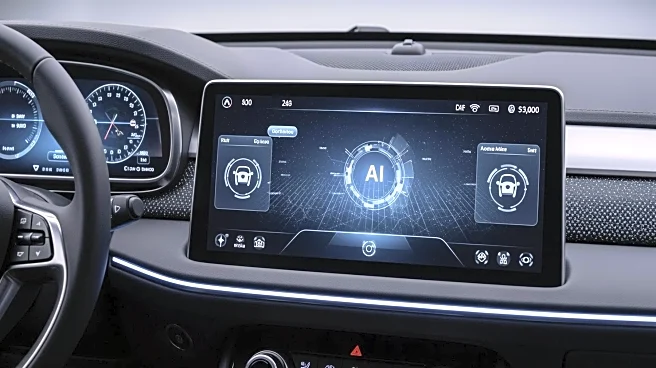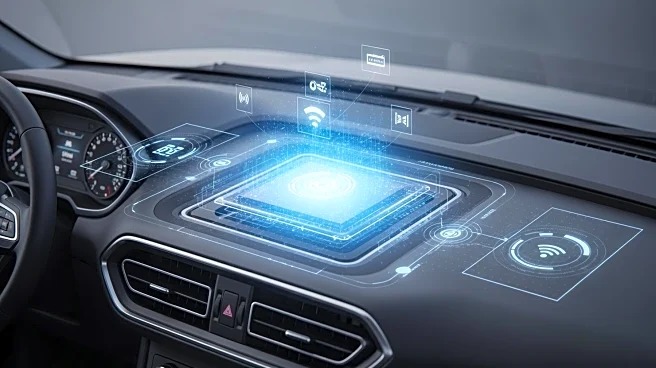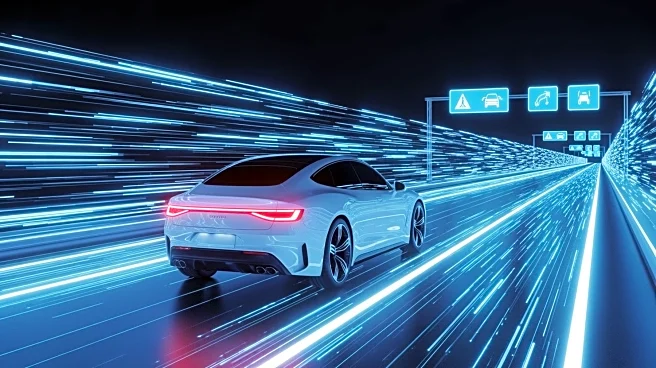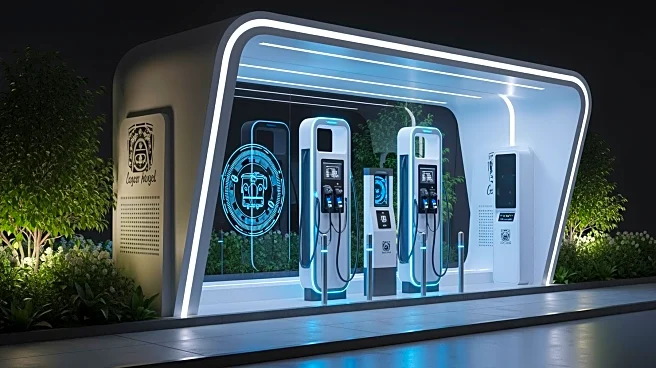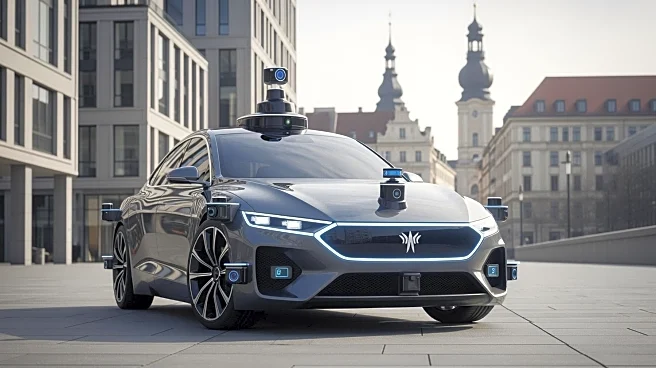What's Happening?
General Motors has unveiled plans to introduce a new level of autonomous driving technology in its Cadillac Escalade IQ electric SUV by 2028. This advancement will feature an 'eyes-off' highway driving capability,
allowing drivers to engage in other activities while the vehicle navigates autonomously. The system will incorporate lidar sensors, radar, and cameras to enhance reliability and safety, building on GM's existing Super Cruise technology. The Escalade IQ will feature turquoise lighting on the dashboard and exterior mirrors to indicate autonomous operation. GM's new centralized computing platform will support this technology, offering significant improvements in data processing and AI performance.
Why It's Important?
This development marks a significant step forward in autonomous vehicle technology, potentially transforming the driving experience and enhancing road safety. By focusing on predictable highway conditions, GM aims to maintain its strong safety record, with Super Cruise drivers having logged 700 million miles without a crash attributed to the system. The introduction of lidar technology could set a new standard in the industry, challenging vision-only systems used by competitors. This move may influence the automotive market, encouraging other manufacturers to adopt similar technologies and potentially accelerating the shift towards fully autonomous vehicles.
What's Next?
As GM prepares to launch this technology in 2028, the company will likely continue refining its autonomous systems and expanding lidar mapping of highways. The automotive industry may see increased investment in autonomous technology, with potential regulatory discussions around safety standards and infrastructure requirements. Consumer acceptance and trust in autonomous driving will be crucial, and GM's focus on safety and reliability could play a key role in shaping public perception. The success of this initiative may also impact future vehicle designs and the integration of advanced computing platforms.
Beyond the Headlines
The introduction of lidar-powered autonomous driving raises ethical and legal questions regarding liability in the event of accidents involving autonomous vehicles. It also prompts discussions about the future of driving jobs and the potential need for new regulations to address the evolving landscape of transportation. Long-term, this technology could contribute to reduced traffic congestion and lower emissions, aligning with broader environmental goals.
